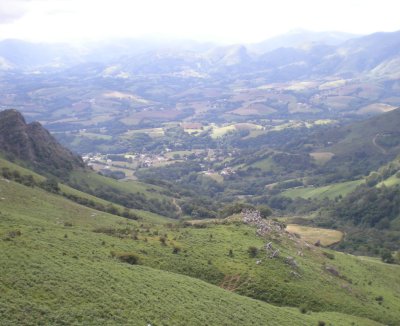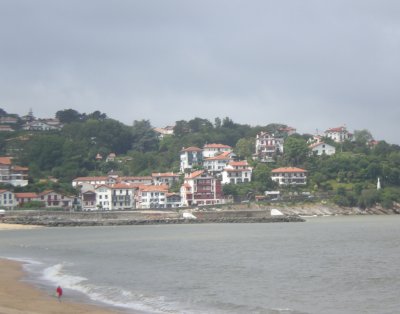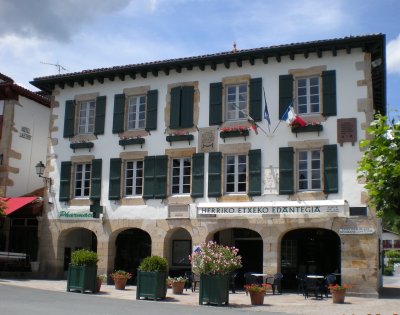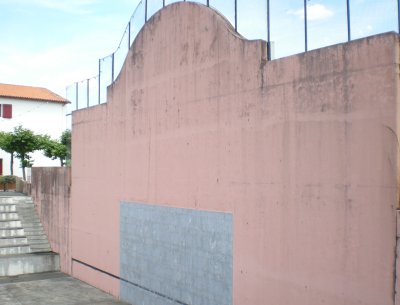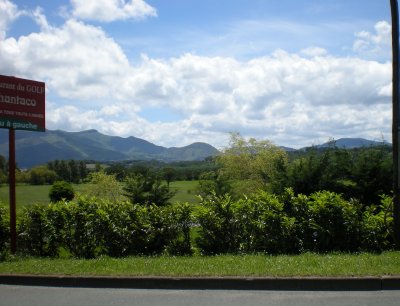The Book
The plot concerns an organisation that kidnaps Russian
emigrés and defectors to return them to the Soviet Union. A
ballet dancer is known to be their next target, so the secret
service attempts to trace her route across the English Channel to
south west France. According to David Thomas (1986), Canning related
how in the past few years a spate of spy trials had gone beyond the
dreams of fiction writers: “Glamour and cloak-and-dagger are
far from the truth”, he insisted. "It is ordinary, sometimes
pathetic people who get caught up in a system which is cold and
ruthless," Canning declared. “I decided”, he went on,
“I would like to write a novel about a small unimportant
figure who gets caught up and is used as a small expendable
pawn.” Hence the heroine, Irina Tovskaya, is a chorus dancer,
not a principal.
The book seems to pay homage to John Buchan in a rather deliberate
way. The hero's name is Richard Manston, an echo of Richard Hannay,
while the property used by the evil conspiracy to take the kidnap
victims to their rendezvous with the Romanian boat is identified by
having "forty-eight or forty-nine steps" leading from the cliff top
to the shore.
A lengthy and positive review by David Vineyard of
The Limbo Line has been posted on the
Mystery File blog site.
|
Publishing History
This was Canning's first book for Heinemann, published in 1963 at
15/-. There was a US edition in 1964 published by W.Sloane
Associates. There was a Companion Book Club edition and several
paperback versions. It was serialised in Today in six
parts, 19 January to 23 February 1963, and appeared in an abridged
form as "Margin of Peril" in Ladies Home Journal (USA), No.
80, May 1963.
It introduced the secret service agents Manston and Sutcliffe who
would later play a part in the Rex Carver series of books and is
covered in the Rex Carver Companion available from
Lulu.com, (see below). In this book they behave with conventional
moral attitudes. It is only later that they develop the callousness
that characterises the service in the Rex Carver books and which
presages the cruelty and ugliness of officialdom in the Birdcage
series.
This is also one of very few of Canning's books to contain any Cold
War subject matter, the others being
A Forest of Eyes (set in
Yugoslavia), The Python Project, and Birds of a Feather.
|
The Film
A film was made in 1968.
It was directed by Samuel Gallu and starred the American Craig
Stevens as Richard Manston with an otherwise mainly British cast.
The location of the climax was changed from South-west France to the
Baltic coast of Germany around Lübeck. The ending of the film
is quite unlike that of the book, though the earlier parts had
stayed fairly close. Reviews of the film at the time were generally
negative. Kate O'Mara, who played the dancer, had this to say in her
memoirs Vamp Until Ready (Robson Books, 2003):
"On completion of Great Catherine I was put forward for
another film, an adaptation of a novel by Victor Canning,
The Limbo Line. It was the story of a Russian ballerina
who defects to the West, falls in love with the American hero and
is hotly pursued across England and Europe by KGB agents.
... I read for [the producers] in my newly acquired Russian
accent—I had already secured the services of a Russian
student to ensured that my accent was authentic—and was
passed as competent by the choreographer who was in charge of the
dance sequences. I secretly blessed the tortuous hours I had spent
in ballet class. I was to perform the 'Dance of the Little Swans'
from Swan Lake with members of the Royal Festival Ballet
and had to be seen in the final moments of Stravinsky's
Firebird.
... My leading man in the movie, Craig Stevens, was an American
who had been very popular on American television in a series
called Peter Gunn. He was married to the actress Alexis
Smith, for whom Cole Porter had written Night and Day.
Filming was to take place at Pinewood Studios with locations at
Littlehampton, Marlow and Burnham Beeches, the last named being a
favourite location spot for countless films. Craig Stevens turned
out to be the most charming and urbane of men. I couldn't have
wished for better. Also in the film was Robert Urquhart, Vladek
Sheybal and Moira Redmond. Moira and I immediately chummed up and
had great fun.
... I enjoyed making the film, but the producers made the mistake
of giving it an unhappy ending, contrary to the author's
intentions. So, instead of wandering off into the sunset with the
hero, the last shots of me were of being bundled into the hold of
a Russian boat and taken back to the Soviet Union. The audience
didn't like the unconventional ending one bit and it was booed
wherever it was shown. I have to say I agreed with them. I love
happy endings. I think it gives one hope for the future and it's
partly why people go to the cinema, most particularly if it is a
romantic adventure story. I suppose the audience felt cheated and
I don't blame them." (p. 47-49)
|









